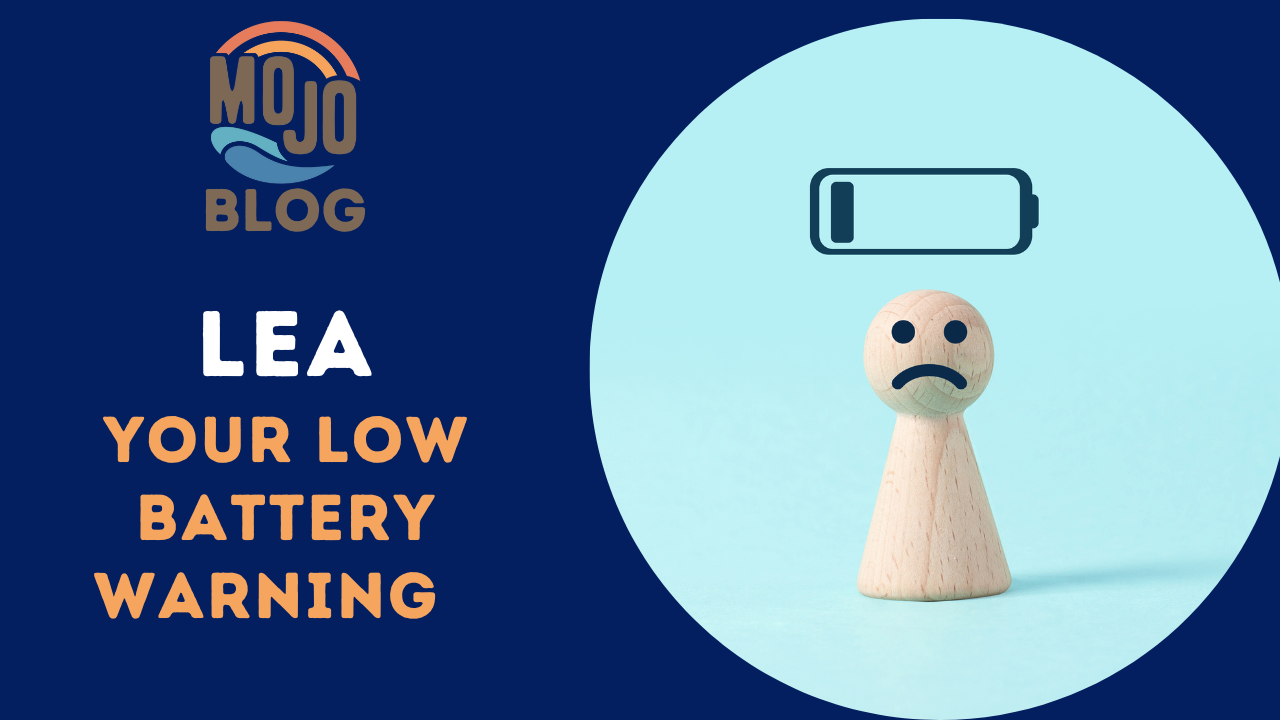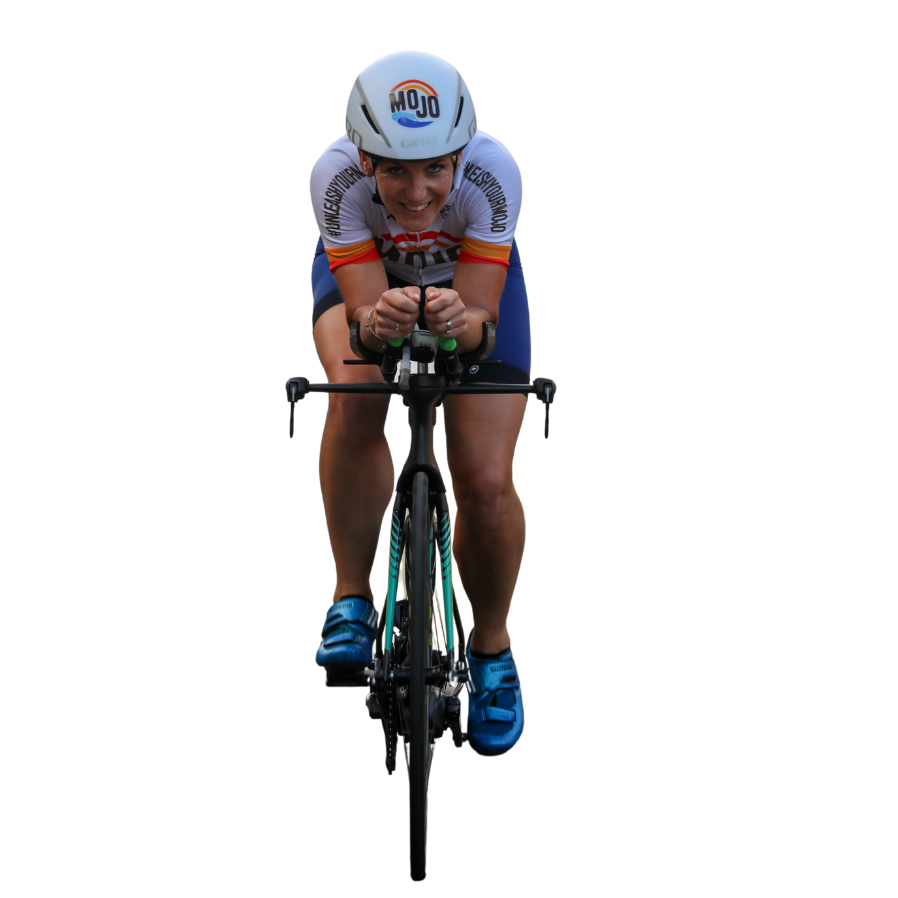Low Battery Warning🔋
Jan 05, 2023
We all know how your phone or Garmin running low on battery can be frustrating. But what happens when your body does the same? Are we really in tune with our body's requirements to function with a 'full battery'? In this blog we find out what Low Energy Availability is, how you can identify it, and how you can avoid it.
Because we all love💖 that full battery feeling, and if you are training hard, and no progress is being made, well that's just a waste of time hey?!
The best way to think about low energy availability is to think about what happens when your Garmin is low, and the screen starts to dim. Or your phone is low it starts to shut down certain apps to conserve energy. It is the same for your body.
If you consume the correct number of calories for the day, to help you with everyday functions (eating, digesting, sleeping, thinking, driving, walking the dog etc) BUT you also train in swim, bike, run, or any other sport, you will end up running low on energy.
Sure, if this was a one off or a rare occurrence, you would be fine. However, if this started to become more frequent, you run a real risk of entering a Low Energy Availability state (LEA) and your body will also go dim, and your apps will start to shut down!

How does this happen?
This can happen in two ways. One is intentional and one is unintentional.
Intentional LEA is when an athlete is trying to restrict their calories. This could be through disordered eating, such as bingeing, purging, exercise addiction, orthorexia (addiction to clean eating), skipping meals, excessively using Fitness Pal to track calories, or any form of diet that will enable them to look a certain way.
This tends to be a sign of a tricky relationship with food, and often professional help is needed to refocus the athlete and help them to get back on track.
There is another cause of LEA and that is unintentional. Such as someone who has cut out a whole food group to find an allergy, and not replaced it with anything. Or an athlete who has had a sudden uptick in training intensity or volume, and not compensated with their calorie intake.
Or, very commonly, time! Lots of us have limited time in the week and as a result food prep, shopping and cooking can go out of the window. Hands up who has grabbed a quick piece of toast rather than a meal after you get back from your training session late at night?

There is an added complication sometimes with a general lack of knowledge of nutrition. This is often compounded further with the fitness and nutrition industry being a multi billion pound business, and as such, you will be exposed to a HUGE amount of information, fad diets, social media influencers pedalling ‘new’ get fit/get thin quick programmes, and pressure from other media to look a certain way.
All in all, it’s MUCH easier to find yourself in LEA than you realise!
It is also something men can experience of course, but women can be more at risk from it owing to their multiple roles, care giving responsibilities, plus the pressure with females to be a certain weight and size!
How do you know if you are suffering from LEA?
Here are some classic signs:
- Missed periods or irregular periods.
- Issues with sleep
- Constant fatigue
- Not hitting your training goals
- Irritable
- Often ill or injured
- Gut issues or problems with digesting
What can we do to help ourselves?
One effective way to know if you are suffering with LEA is to track your menstrual cycle, and there will be more on this in another blog soon.
If you find you are missing your period for more than 3 months, you really should be seeking medical advice. Missing your period is not normal (unless you are approaching peri-menopause) so please do take this seriously.
If you are on an IUD or the contraceptive pill, or you are post menopause, tracking your cycle is kind of pointless. So this is where we use another method; tracking your training adaptations.
Now this is where it’s a great idea to either a) have a training platform like Training Peaks to track your sessions and progress, or b) have a coach to keep an eye on your adaptions to the training they have set you.
LEA shows up in your training in the form of plateauing. You train hard, get tired, but it never really converts into increased fitness or better performance. You simply feel flat, like you aren't making any progress.
So does this sound like you?
It could be time to track your training, track your cycle, speak to a coach or become more aware of the fuel your body is asking you for in order to keep that battery topped up and working hard for you.
This blog is simply to enlighten you on the topic of LEA. But also, a little nudge to ask yourself honestly, are you currently keeping your battery full?
Or perhaps kindly supporting a friend, colleague or training partner if you feel they may need some help with this.
Long term effects of LEA are not something we want, and taking stock of your nutrition and training habits now could save a lot of issues later down the line.
If you would like to speak to me about this, or any other training issues or questions, please do feel free to get in touch, I would love to hear from you.
Have a great day,
Lou x


